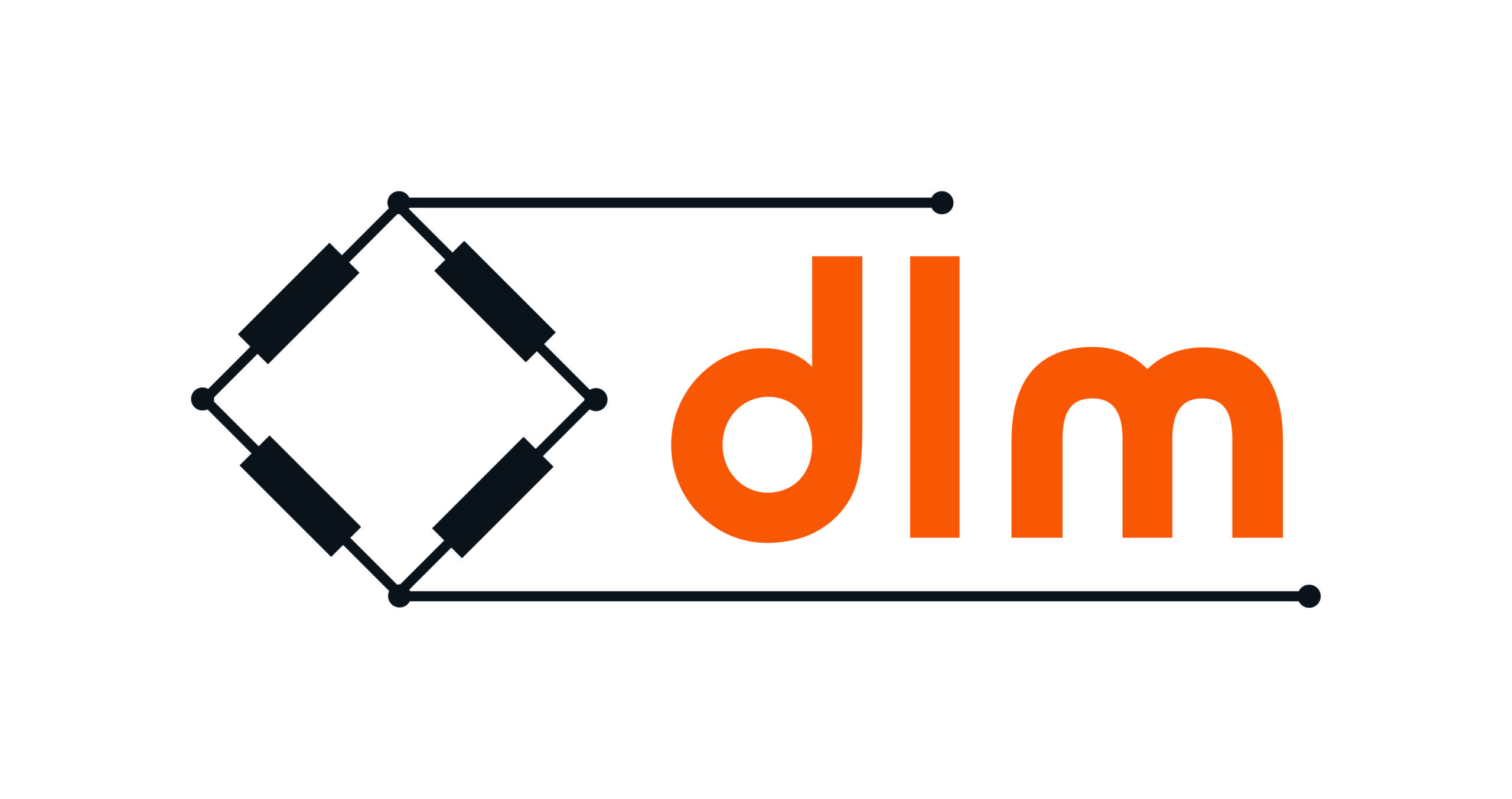
DLM - Working with clients from project inception through to completion
Dynamic Load Monitoring (UK) Ltd is a specialist in the design, manufacture, repair and calibration of load monitoring equipment. It is also a renowned provider of shear pin load cells to the offshore and subsea industries. Each year, the company delivers a number of notable bespoke monitoring solutions to end users in a variety of end user markets. DLM is approved to ISO9001:2015 quality management system, ISO14001:2015 environmental management system, and OHSAS 18001:2007 health and safety management system.
Contact
DLM House, Bridgers Farm,
Carly Collins
t: +44 (0)2380 741700
e: sales@dlm-uk.com
w: www.dlm-uk.com
LATEST NEWS
DLM Poised to Promote LEEA’s #GLAD2024
Dynamic Load Monitoring (UK) Ltd. (DLM), of Southampton, has revealed its plans for a, “Bigger and better,” Global Lifting Awareness Day (GLAD) on 18 July — as this year’s campaign transcends the industry.
DLM is a specialist in the design, manufacture, repair, and calibration of load cells, load monitoring, and cable working equipment for the offshore, renewable energy, marine, subsea, and lifting and rigging industries. It is a member of the Lifting Equipment Engineers Association (LEEA) — the driving force behind #GLAD2024, its social media signpost.
A multidimensional campaign has been running since the turn of the year, with LEEA members, manufacturers, and suppliers leading those sharing material that promotes safe and high-quality load lifting across the world. Social media posts, videos, articles, and in-person activity are bound together by the hashtag, and DLM is among the concept’s prominent backers.
Martin Halford, managing director, DLM, said: “We have supported the concept since its [2020] launch; it is a campaign we’re intrinsically linked with. Every year, we have seen it get bigger and better, and more people are taking notice of lifting than ever before. It’s a snowball effect. We need initiatives like GLAD to shine a spotlight on our industry, but it’s not about basking in the limelight; it’s about raising the profile of an essential, somewhat misperceived sector, incrementally year-on-year. Lifting is essential to almost everything we construct as a human race.
“This year’s campaign is doing an excellent job of targeting a wider audience, from promoting the industry to new talent, to convincing decision-makers that focusing on training, inspection, and high-quality products is imperative. It is also providing a clear, overriding message to all end users: ensuring that anyone they work with is highly competent and work-ready, and that the equipment used is of the highest quality. The message put out by LEEA, that, ‘This is a specialist industry, where high quality is a minimum requirement,’ is one that speaks to all stakeholders.”
#GLAD2024 reaches end users
Everything builds on established #GLAD2024 foundations of high-quality products, inspection, and training; and a legacy of LEEA’s organisational vision to eliminate accidents, injuries, and fatalities, placing further emphasis on skills and employment, which had emerged as front-running themes when the fifth GLAD drive was launched. Companies like DLM are empowered to spread these messages to the point of use in industries such as civil engineering, construction, material handling, metals, military, offshore, subsea, and renewables, to name just a few.
Halford added: “To progress the industry further we have to think outside of our everyday reality; this may mean we are not working on things that make us immediately profitable. We are prominent in the offshore and subsea industry, where lifting is a key part of everyday life. We are often on vessels or talking to operators about urgent projects and how our products can make their operations safer and more efficient.
“GLAD campaigning is always multifaceted in that we’re addressing people who’ve grown up with lifting equipment, and others who are totally new to it. We often say to the latter group of people that we are in the business of innovation, engineering, and safety. The products we manufacture are in all walks of life, even if you wouldn’t immediately notice them. Everything needs weighing, and engineering is all about finding solutions to overcoming force, or at least understanding forces better.”
Lifting centre stage
Look out for new and exclusive #GLAD2024 content from DLM on 18 July, including written and video materials. Employees will redouble these efforts and join other stakeholders in sharing messages from LEEA and its organising partners.
The association recently introduced an eye-catching campaign comprising a series of posters featuring a selection of lifting’s noteworthy achievements through the ages. Isambard Kingdom Brunel, the renowned Victorian civil engineer; and Patrick Swayze holding Jennifer Grey aloft in the film, Dirty Dancing, all feature.
“They’re doing a good job of getting the message across,” enthused Halford. “The visuals that we have been sent look highly professional. Once again, LEEA has done a fantastic job with video content too. And it’s working; we have seen a much larger presence online and there seems to be a real buzz around lifting. I have even had friends from outside the industry start to ask me what GLAD is all about.
“On the cusp of #GLAD2024, I’m already looking forward to #GLAD2025, where we need to broaden the message further again and position the younger generation at the centre of outreach campaigns.”

Caption: Dynamic Load Monitoring (UK) Ltd. is a campaigning ambassador for Global Lifting Awareness Day — #GLAD2024 — on 18 July.
Contact for editorial enquiries: Matthew Hill, Matt@dlm-uk.com



























